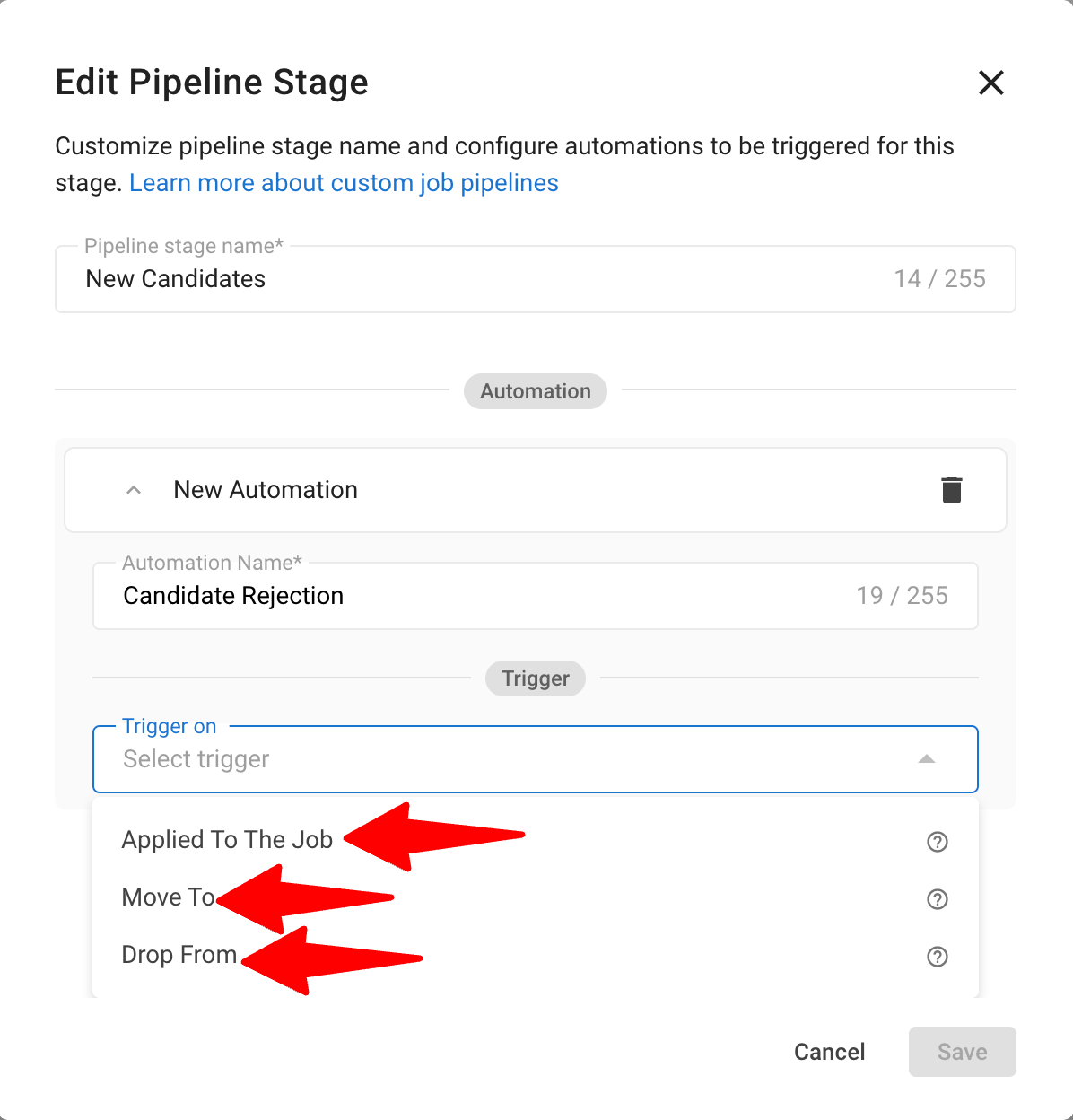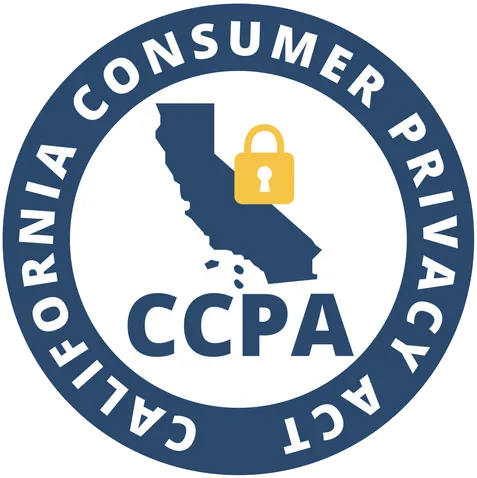Did you know that poor candidate experience can be felt throughout the hiring process? This is the primary factor that drives top talent away, with 49% of job seekers turning down job offers due to a poor candidate experience. [1] So, how do you ensure a positive recruiting process? In this article, we will examine the various aspects of a poor candidate experience and explore effective strategies for addressing them. Let’s explore how to address these challenges.
Why the Candidate Experience Matters
The candidate experience encompasses all interactions a job seeker has with a company, from job posting to hiring decision, and a poor experience can have repercussions beyond a single hiring failure.
Damaged Employer Brand
Job seekers today closely examine potential employers. Around 86% check company reviews before applying. [2] A consistently poor candidate experience leads to negative reviews on platforms like Glassdoor, Indeed, and LinkedIn. These reviews form a reputation that takes years to rebuild.
Loss of Valuable Talent
A poor candidate experience quickly results in losing top candidates to competitors with more efficient and respectful hiring processes. Top professionals often have several offers. They tend toward organizations that show professionalism and respect throughout the recruitment process.
Increased Withdrawal Rates
Candidates increasingly withdraw from hiring processes when expectations are unmet. Withdrawal rates rise significantly with poor candidate experiences. These often occur at critical stages after substantial company investment in evaluations. Withdrawals at late stages are costly, requiring parts of the hiring process to restart. This also extends time-to-fill metrics.
Increased Time-to-Hire and Cost-per-Hire
Negative candidate experiences can perpetuate a cycle that prolongs hiring timelines and increases cost-per-hire metrics. Poor interactions cause candidates to withdraw, leading companies to restart searches and use more resources. This results in financial impacts due to recruiter time, interview coordination, and screening, while vacant positions create opportunity costs.
Lost Revenue and Productivity
The financial effects of poor candidate experiences extend beyond hiring costs. They involve lost productivity and revenue. Unfilled critical positions due to poor hiring experiences can delay project launches. They may also degrade customer service and limit growth opportunities. The impact on organizational performance often exceeds direct recruitment costs significantly.
How to Tackle Poor Candidate Experience
1. Slow Feedback & Poor Communication
One of the best practices to avoid a poor candidate experience is to utilize automated recruitment tools. These tools can streamline the hiring process, provide timely feedback to candidates, and ensure a more engaging and efficient recruitment experience. It’s a good idea to invest in an Applicant Tracking System (ATS) that can automate tasks like resume screening, scheduling interviews, and sending follow-up emails.
Manatal ATS offers a customizable recruitment platform with features like an automated pipeline and a single database, enhancing candidate management and engagement. The instructions outline several automated processes in a recruitment workflow, including sending emails for document gathering, scheduling interviews, providing assessment links, acknowledging stage completion, and notifying candidates of rejection. Its user-friendly interface and collaborative features improved recruitment team productivity by 20% and increased positive candidate responses by 25%.
{{cta}}

2. Hearing Candidates’ Complaints
To eliminate poor candidate experience, it’s important to identify pain points in your recruitment process. Take the time to gather feedback from candidates or use a tool to do so, then analyze data on application drop-off rates to identify pain points. Also, conduct regular candidate surveys or interviews to gather insights on their experience and identify areas for improvement.
3. Biased Hiring Practices
Ensuring a fair and unbiased recruitment process is essential for delivering a positive candidate experience. Take proactive measures to eliminate bias in job descriptions, resume screening, and interview evaluations. Implementing structured interviews, diverse interview panels, and unconscious bias training for hiring managers can help promote fairness in the hiring process. Regularly auditing your recruitment processes to identify and address any biases that may exist is also a good way to go.
What Job Seekers Want in the Hiring Process
Understanding candidate expectations helps organizations avoid a poor candidate experience by designing processes that meet modern job seekers' needs. Today's candidates prioritize transparency, efficiency, and respect throughout their hiring journey.
- Transparency: Transparency is crucial for candidates. They require clear information on role expectations, compensation ranges, and timelines. It is important to provide detailed job descriptions. A realistic preview of responsibilities is essential. Honest discussions regarding company culture are necessary. These efforts establish appropriate expectations and minimize misalignment later in the process.
- Quick Responses: Quick responses are important. Efficient scheduling and decision-making show respect for candidates' time. Organizations should coordinate interviews effectively and provide prompt feedback. Timely decisions are crucial, as delays without communication can cause anxiety and negative impressions.
- Respectful treatment: Respectful treatment is vital. Professional interactions, even in rejection, maintain positive relationships. Candidates treated respectfully may recommend the organization or consider future opportunities.
- Organization: Efficient scheduling and decision-making demonstrate respect for candidates' commitments. Organizations that manage interviews well and offer prompt feedback are appreciated. Prolonged delays can lead to anxiety and lasting negative perceptions.
- Personalization: Personalized communication is crucial. Addressing candidates by name and referencing specific qualifications makes a difference. Tailoring communications to individual situations shows candidates are valued beyond their resumes. This approach can distinguish an organization from its competitors.
Case Studies of Improved Candidate Experience
1. Yodel

The UK-based logistics company boosted its candidate experience by utilizing chatbots to streamline the application process and allow candidates to interact with the company at any hour. With over 1,200 applications per week (and up to 5,500 during the holiday season), recruiters were overwhelmed with inquiries and phone screenings, leading to confusion among candidates on the various job opportunities available.
To address this challenge, Yodel partnered with Meet & Engage to create three Candidate Experience Bots tailored to each key driver role. These bots provide candidates with relevant information about the job roles, answer common questions, and guide them through the screening process. Candidates can apply and progress through the hiring process at their convenience, even outside of standard office hours.
The implementation of Candidate Experience Bots resulted in a more positive candidate experience, with 97% of applicants rating it highly. Within the first month, over 300 people were hired through interactions with the bots, leading to a 38% decrease in the time to hire and a lower drop-out rate of only 9%. [3]
2. Airbnb
Airbnb’s journey to enhance the candidate experience began with a reflection on its own hiring experiences, leading to a collaborative effort to map out the ideal process. This included a more personal touch in communication, with tailored acknowledgment messages and a library of on-brand templates for recruiters. An American company known for connecting people who are looking to rent out their property with people who are searching for accommodations also sped up the hiring process by shifting offer letter responsibilities, cutting down the time from interview to job offer.
Further improvements were made by training hiring teams and fostering a candidate-centric culture. Initiatives like ‘primp your profile’ lunches and recognizing the ‘Interviewer of the Week’ encouraged employees to be more involved in the recruitment process. Plus, the on-site interview process was streamlined by pre-establishing interviewer roles and preparing them with detailed calendar invites.
The result of these efforts was a more efficient and engaging candidate experience. Candidates left the interview process impressed by the smart and coordinated approach of the Airbnb team, enhancing their excitement about the opportunity to work there. [4]
Signs of a Bad Candidate Experience
1. Poorly Defined Descriptions and Demands

Candidates want to know what kind of company they are applying to and what will be expected of them when they get the job. When job descriptions are vague or do not accurately reflect the company’s culture, candidates may feel misled. This can harm their experience. If they perceive that “bait and switch” tactics have been employed with them, it only angers candidates and could lead to high turnover within the first year of employment if they are ultimately hired.
2. A Complex Application Process
.png)
Another pain point for candidates is when the application for a job is overly complex. With the amount of competition for top talent, it is counterproductive to have an application that is too difficult or time-consuming for professionals to apply for an open role. Some ways that an application can be perceived as complex are if it can only be completed on a PC or if it has to repeatedly input information, such as their work history. If the barrier to applying is too high, a potentially high-quality applicant may give up and look elsewhere.
3. Poorly conducted interviews
Once a candidate applies, another area where their experience could be negatively impacted is in the interview process. These are the first interactions that a candidate has with your organization. If the process lacks communication, candidates may withdraw quickly. Additionally, failing to implement diversity, equity, and inclusion (DE&I) practices can make candidates feel unwelcome.
4. The Hiring Process Is Too Long
When candidates apply for a job, whether they are currently employed or not, they want to know fairly quickly if they are being considered seriously for the position. The time they spend waiting to hear from a potential employer can be frustrating and stressful. For example, the median time to hire for engineering roles is 49 days. If too much time passes from the time a candidate applies for a job until your company’s selection, they may lose interest in the job altogether or get hired elsewhere. This can cause companies to lose out on hiring high-quality candidates.
5. Inconsistent Communication
After a candidate has spent time applying and interviewing for a job, ghosting a candidate, or becoming completely unresponsive without explanation after an initial correspondence, reflects poorly on the organization and can directly impact the candidate’s experience. While increased workloads in HR departments could be to blame, it is no excuse. If recruiters are not conditioned to prioritize frequent communication and prompt responses to inquiries before and during the interview process, candidates will walk away with a negative experience.
Frequently Asked Questions
Q: How does candidate experience influence a company's ability to attract top-tier talent?
A: Candidate experience directly impacts talent attraction as top-tier candidates often have multiple opportunities and will gravitate toward companies that demonstrate professionalism, respect, and efficiency throughout the hiring process. A positive experience signals strong company culture and values, while a poor experience can cause candidates to withdraw or decline offers, and may lead them to share negative feedback that damages the company's employer brand and deters future applicants.
Q: What communication strategies keep candidates engaged throughout the process?
A: Effective communication strategies include setting clear expectations about timeline and next steps, providing regular updates even when there are delays, personalizing messages rather than using generic templates, and ensuring prompt responses to candidate questions. Companies should also share relevant information about the role, team, and company culture while maintaining transparency about the process stages and decision-making timeline.
Q: How can candidate experience vary across industries or job levels?
A: Candidate experience expectations vary significantly across contexts - tech companies may emphasize innovative assessment methods and quick turnarounds, while traditional industries might focus on formal procedures and thorough vetting. Senior-level candidates typically expect more personalized attention, direct access to decision-makers, and comprehensive information about strategic direction, whereas entry-level candidates may prioritize clear guidance, mentorship opportunities, and growth potential discussions.
Q: How can companies ensure interviewers are consistent and respectful?
A: To ensure consistency, companies should offer interviewer training on best practices. They must develop standardized question sets and evaluation criteria. Clear behavioral guidelines are crucial to establish. Regular calibration sessions among hiring team members can be beneficial. Implementing feedback mechanisms for candidates is vital.
Q: What follow-up questions should hiring managers ask to improve the hiring process?
A: Hiring managers should inquire about candidates' overall experience. They should ask which stages felt most or least valuable. It's important to know if candidates felt they could adequately showcase their skills. Managers should assess how well the role and company were communicated. They should probe what could be improved in terms of communication or process flow.
—
Citations:
1. PWC
4. LinkedIn





.png)






















.webp)

.webp)

.webp)
